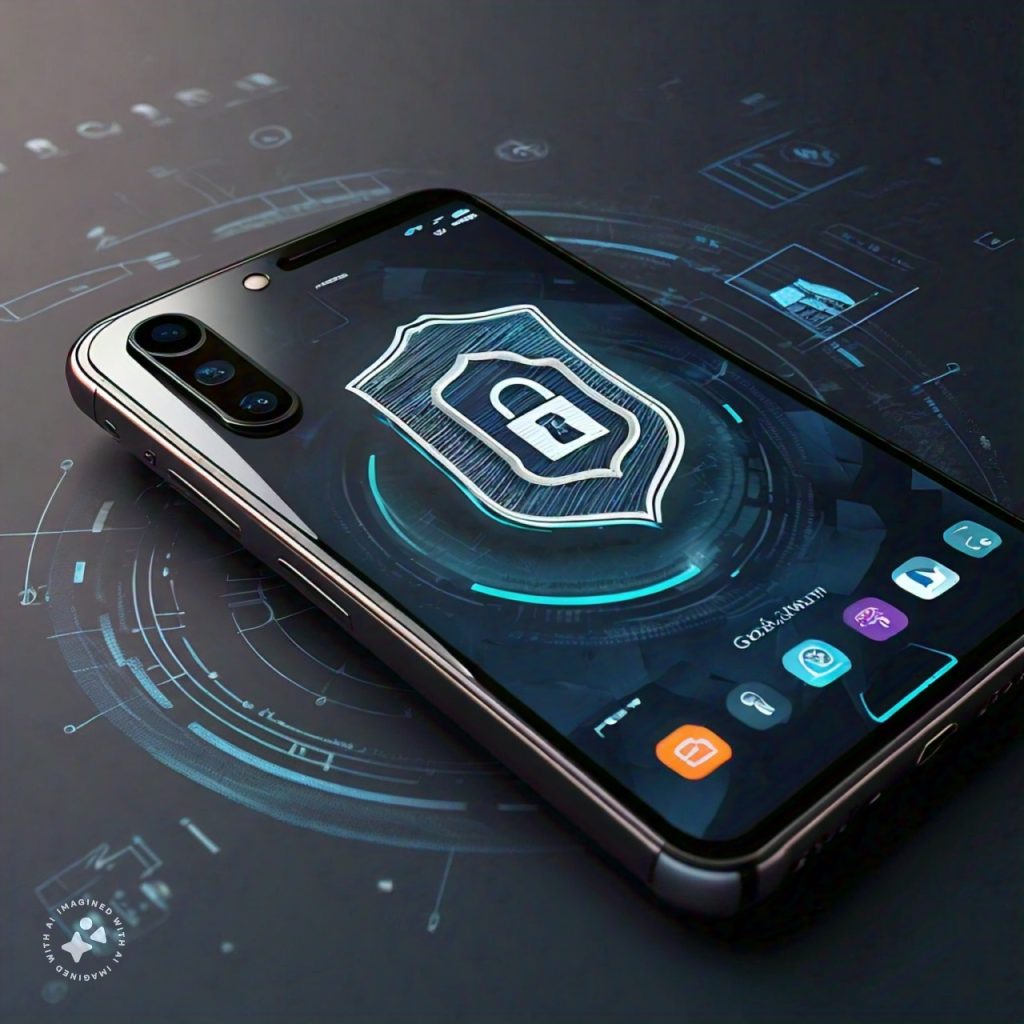In today’s digital age, mobile applications have become an integral part of our daily lives, facilitating communication, entertainment, and productivity. However, with the proliferation of mobile apps comes an increased risk of security threats and vulnerabilities. In this comprehensive guide, we’ll explore best practices and strategies for enhancing mobile app security, ensuring the protection of sensitive user data and safeguarding against potential threats.
Understanding the Importance of Mobile App Security
Mobile app security is paramount in today’s interconnected world, where users rely on smartphones and tablets to access a wide range of services and applications. With the widespread adoption of mobile devices, cybercriminals have shifted their focus towards exploiting vulnerabilities in mobile apps to gain unauthorized access to sensitive information, steal personal data, and compromise user privacy.
The consequences of a security breach can be severe, resulting in financial losses, reputational damage, and legal liabilities for app developers and businesses. Therefore, prioritizing mobile app security is essential to maintain user trust, comply with regulatory requirements, and protect the integrity of your brand.
Best Practices for Enhancing Mobile App Security
- Secure Code Development: Start by implementing secure coding practices during the development phase of your mobile app. Follow industry-standard guidelines, such as the OWASP Mobile Top 10, to identify and mitigate common security vulnerabilities, including insecure data storage, inadequate authentication, and improper session management.
- Data Encryption: Encrypt sensitive data stored on the device and transmitted over the network to prevent unauthorized access and interception. Utilize strong encryption algorithms, such as AES (Advanced Encryption Standard), to protect user credentials, payment information, and other confidential data from prying eyes.
- Authentication and Authorization: Implement robust authentication mechanisms, such as biometric authentication, multi-factor authentication (MFA), or OAuth tokens, to verify the identity of users and prevent unauthorized access to sensitive features or resources within the app.
- Secure Network Communication: Use secure communication protocols, such as HTTPS (HTTP Secure), to encrypt data transmitted between the mobile app and backend servers. Avoid transmitting sensitive information over unsecured channels, such as HTTP, to mitigate the risk of man-in-the-middle attacks and eavesdropping.
- Code Obfuscation and Minification: Obfuscate and minify the codebase of your mobile app to make it more difficult for attackers to reverse-engineer and analyze the underlying logic and algorithms. By obfuscating sensitive code segments and removing unnecessary comments and whitespace, you can enhance the overall security posture of your app and deter potential attackers.
- Regular Security Audits and Penetration Testing: Conduct regular security audits and penetration testing exercises to identify and remediate vulnerabilities in your mobile app.
- User Education and Awareness: Educate users about the importance of mobile app security and provide guidance on best practices for protecting their personal information and data privacy. Encourage users to update their devices and apps regularly, use strong and unique passwords, and exercise caution when downloading and installing apps from third-party sources.
Strategies for Continuous Improvement
- Stay Updated on Security Trends: Keep abreast of the latest security trends, emerging threats, and best practices in mobile app security by monitoring industry news, attending conferences, and participating in relevant forums and communities. Stay informed about security vulnerabilities and patches released for the libraries and frameworks used in your app to mitigate potential risks.
- Implement Secure Development Lifecycle (SDLC) Practices: Integrate security into every phase of the software development lifecycle (SDLC), from requirements gathering and design to implementation, testing, deployment, and maintenance. Establish security checkpoints and review processes to ensure that security considerations are addressed at each stage of the development process.
- Collaborate with Security Experts: Foster collaboration between developers, security professionals, and other stakeholders to promote a culture of security awareness and responsibility within your organization. Encourage open communication and knowledge sharing to leverage the expertise and insights of security experts and promote a proactive approach to mobile app security.
- Regular Security Updates and Patch Management: Stay vigilant about security updates and patches released for your mobile app and its underlying components, including operating systems, libraries, and third-party dependencies. Promptly apply security patches and updates to mitigate known vulnerabilities and protect against potential exploits and attacks.
- Monitor and Analyze Security Events: Implement robust logging and monitoring mechanisms to track security events and anomalies in your mobile app. Use analytics and security information and event management (SIEM) tools to detect suspicious activities, unauthorized access attempts, and abnormal behavior patterns, allowing you to respond promptly and mitigate security incidents effectively.
Conclusion
In conclusion, enhancing mobile app security requires a proactive and multi-faceted approach that addresses vulnerabilities at every level of the development lifecycle. By implementing best practices such as secure code development, data encryption, authentication, and authorization, and adopting strategies for continuous improvement, you can strengthen the security posture of your mobile app and protect against potential threats and attacks.
Remember that mobile app security is an ongoing process that requires collaboration, vigilance, and commitment from all stakeholders, including developers, security professionals, and end-users. By prioritizing security and investing in robust security measures and practices, you can build trust with your users, safeguard sensitive data, and ensure the long-term success and integrity of your mobile applications
Best Articles of Owasoft:
Benefits of Serverless Architecture in Full Stack Development



